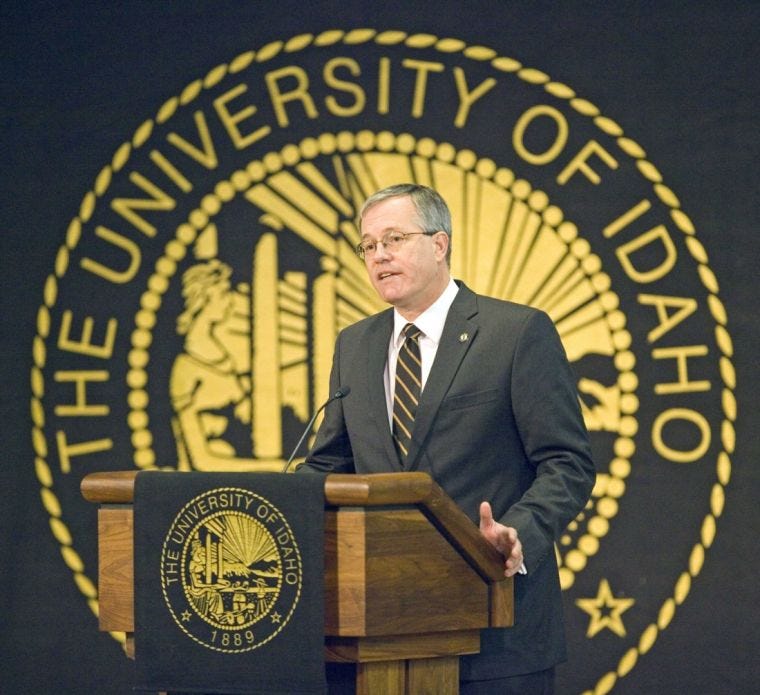
A serendipitous search for a better way to support her Hinds Community College (Raymond, Mississippi) colleagues in her role as Director of Institutional Research and Effectiveness led Dr. Carley Dear to a new tool providing her with an entirely new approach to fostering student success.
The tool was the book Creating A Data-Informed Culture in Community Colleges, written by Institute for Evidence-Based Change (IEBC) President and CEO Dr. Brad Phillips, and IEBC Vice President Jordan Horowitz. Dr. Dear was intrigued by its premise and ordered a copy.
With nearly 100 different initiatives underway under the student success banner at Hinds Community College, Dr. Dear had grown frustrated with her efforts to determine which programs were working, and why.
Lagging vs. Leading Indicators an Eye-Opener
“I was drawn to the chapter on leading and lagging indicators,” said Dr. Dear. “Then I was grabbed by a chart on tracking interventions… I continued to read more, and wanted to find out more.” Dr. Dear said the practical case studies included from other community colleges in the book made a big impression. “Knowing somebody had put the ideas into practice really spoke highly of the approach… It was a very successful way to handle the material,” said Dr. Dear.
Armed with a new way to look at student success indicators, Dr. Dear went about putting new approaches into practice at Hinds Community College right away.
“A lot of our projects were using lagging indicators such as graduation rates. We were tracking a new financial aid project to keep students in class to see if they were graduating. We needed to do something more in ‘real time.’ So we looked into course completion rates [a leading indicator]. It made the data more relevant, accessible, and helped us make the decision whether the program would stay,” said Dr. Dear.
A self-confessed ‘data hoarder,’ Dr. Dear realized too much valuable information produced for faculty, staff, and administrators was going unused. “I thought, ‘How am I publishing these reports? What story am I telling? How do I become a better data storyteller, so the information goes beyond my computer and becomes as urgent a message as I feel it to be?’”
New Approach Equals New Energy
By helping her colleagues engage more with available data, and shifting focus on what was being measured, the metrics took on a new energy.
“It really helped people want to engage with data more, it aligned more closely with what they were doing,” said Dr. Dear. “That’s always exciting when someone says, ’That’s interesting,’ and they want to ask more questions.”
Increased engagement led to better assessment of current programs. Too many were operating in silos, and were duplicated efforts among departments and between campuses. IEBC’s approach allowed Hinds Community College leaders to be more efficient and effective on behalf of students.
“We realized we had more than 100 different initiatives going on that were not scaled up, boutique programs not being tracked,” explains Dr. Dear. “I explained we wanted to highlight our best programs. Help us and tell us, what outcomes are you striving for?
“It helped us as a college with multiple campuses to evaluate how we were expending energy… there were a lot of surprises,” said Dr. Dear. “Sometimes we were duplicating efforts, or a practice was getting results and not being shared with everyone. When we shared this, people just said “stop – what are we doing here?”
Do Fewer and Do Better
As a result, Dr. Dear says the philosophy is now to do fewer and do better. It changed her approach to reports, encouraging her to drill down and narrow down perspectives to help colleagues focus on the critical issues. “More reports, more indicators, more programs was not the answer,” she said.
As a result, Dr. Dear went from feeling frustrated with the lack of implementation of program findings, to encouraging more people to share and embrace success, and duplicate it districtwide. In part, it was due to her becoming a better storyteller herself.
“It’s all based off a great distribution report,” Dr. Dear points out. “I made it more clickable with multi-year trends, so (readers) could see different segments tracking in other areas such as enrollment. I made it relevant and easy to use so they could access whenever they liked. We’d had dashboards before that could do this but they weren’t accessible. We put in five years of data. The deans and vice presidents could access, analyze and find their own story and complement what we were saying.”
IEBC Inspiration Leads to Learning and Positive Change
Dr. Dear says it’s been exciting to see people willing to learn and change because of the demonstrated positive impact. It prompted her to purchase copies of Creating A Data-Informed Culture in Community Colleges for colleagues outside of her district.
“I’ve sent multiple messages around about it. It was so practical. I would read a portion and go change reports, changing things right away,” she said. “I would tell people ‘this will improve your processes, but also make you a program manager.’ Institutional research is a tough field. You have a lot of projects and different responsibilities.” Dr. Dear says she especially values the RASIC model of documentation (Responsible, Approves, Supports, Informed, Consulted). “It helped us get the right people to the table, versus passing projects to capable people who didn’t have the capacity, identify offices better.
“It’s been fun watching people I shared the book with, and the takeaways they got from it,” added Dr. Carley Dear.
Dr. Dear’s tool was the book, Creating A Data-Informed Culture in Community Colleges, written by Institute for Evidence-Based Change (IEBC) President and CEO Dr. Brad Phillips, and IEBC Vice President Jordan Horowitz.
For more information, contact IEBC:
IEBC President Brad C. Phillips – bphillips@iebcnow.org or 619-252-8503
IEBC Vice President Jordan E. Horowitz – jhorowitz@iebcnow.org or 562-743-7920 or visit our website atwww.iebcnow.org

